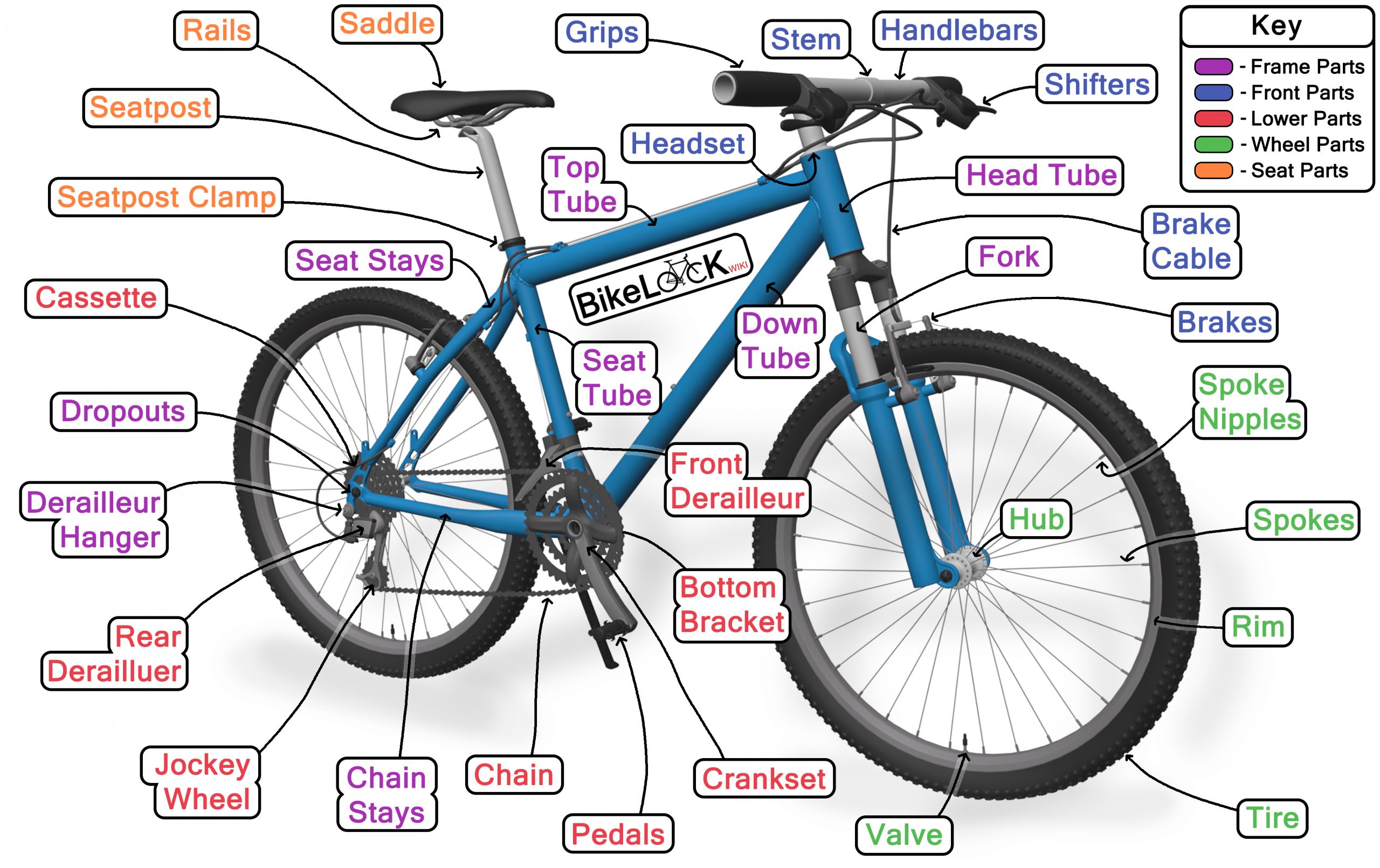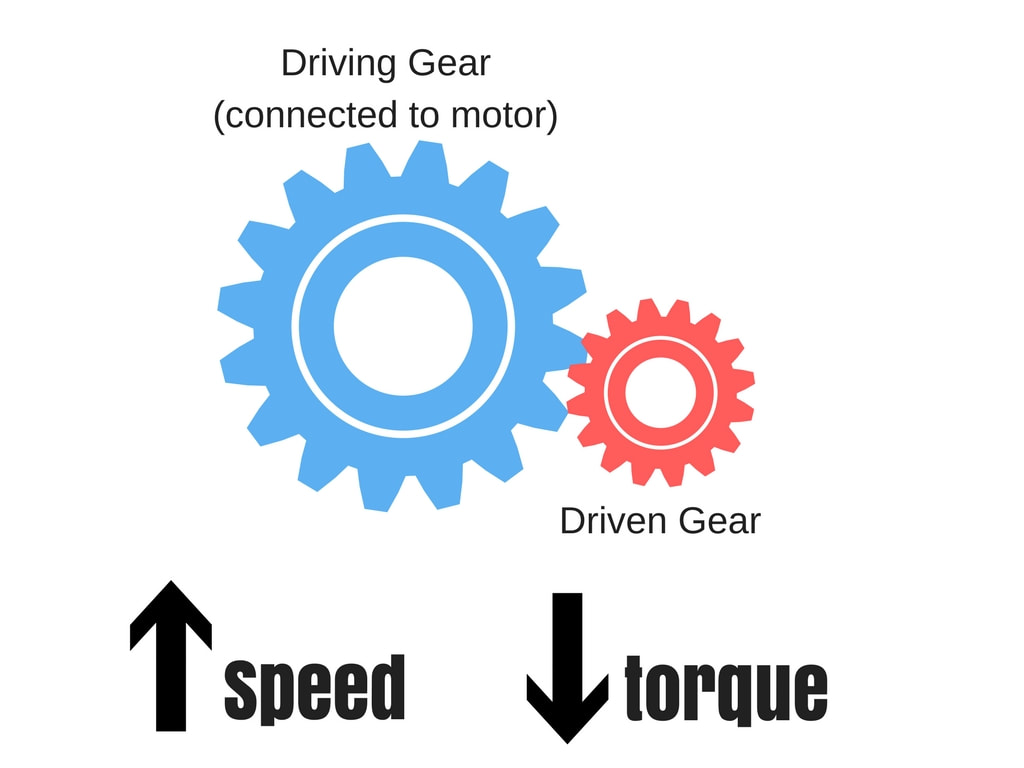Unraveling the Mystery of Bicycle Gears
Understanding how the gears of a bicycle work is essential for any cyclist, from casual riders to competitive athletes. By grasping the fundamentals of gear systems, cyclists can unlock their full potential, achieving improved performance, increased efficiency, and a more enjoyable ride. The benefits of efficient gear shifting are numerous, including reduced fatigue, enhanced speed, and better control over varying terrain. In this guide, we’ll explore the intricacies of bicycle gear systems, providing valuable insights into the components, mechanisms, and techniques involved in mastering the gears of your bike.
The Anatomy of a Bicycle Gear System
A bicycle gear system consists of several key components that work together to provide a smooth and efficient ride. At the heart of the system is the derailleur, a mechanical device that shifts the chain from one gear to another. The cassette, located on the rear wheel, is a set of toothed wheels that provide different gear ratios. The chainrings, attached to the pedals, are the gears that the chain wraps around to transmit power to the wheels. Finally, the shifters, typically located on the handlebars, are the controls that allow the rider to change gears. Understanding how these components interact is crucial to grasping how the gears of a bicycle work and optimizing gear shifting for improved performance.
How Gear Ratios Affect Your Ride
Gear ratios play a crucial role in determining the difficulty of pedaling, speed, and overall cycling experience. A gear ratio refers to the relationship between the number of teeth on the chainring and the number of teeth on the cassette. By understanding how gear ratios work, cyclists can optimize their gear shifting to tackle various terrain and riding conditions. For example, a lower gear ratio (e.g., 22 teeth on the chainring and 32 teeth on the cassette) is ideal for steep climbs or heavy loads, as it reduces the effort required to pedal. On the other hand, a higher gear ratio (e.g., 50 teeth on the chainring and 12 teeth on the cassette) is better suited for high-speed riding on flat terrain, as it increases pedaling efficiency. By grasping the concept of gear ratios and how they impact the ride, cyclists can make informed decisions about when to shift gears, ultimately improving their overall performance and enjoyment on the bike.
The Art of Shifting Gears: Tips and Techniques
Mastering the art of shifting gears is essential to optimize cycling performance and efficiency. To shift gears smoothly and efficiently, it’s crucial to understand when to shift, how to use the correct gear for different terrain, and common mistakes to avoid. For instance, shifting gears too frequently or under heavy load can lead to premature wear on components and decreased performance. On the other hand, shifting gears at the right moment, such as when approaching a steep climb or descending a hill, can significantly reduce fatigue and improve overall ride quality. Additionally, using the correct gear for different terrain, such as a lower gear for steep climbs or a higher gear for flat terrain, can help maintain a consistent pace and reduce energy expenditure. By understanding how do the gears of a bicycle work and applying these tips and techniques, cyclists can improve their gear shifting skills and take their riding to the next level.
Understanding the Different Types of Gear Systems
When it comes to bicycle gear systems, there are several options available, each with its own unique characteristics, advantages, and disadvantages. Understanding the different types of gear systems is essential to choosing the right one for your bike and riding style. The three main types of gear systems are derailleur, internal gear hub, and single-speed systems. Derailleur systems, which use a derailleur to shift the chain between gears, are the most common type and offer a wide range of gear options. Internal gear hub systems, on the other hand, use a hub with internal gears to provide a more compact and low-maintenance option. Single-speed systems, as the name suggests, use a single gear ratio and are ideal for riders who prefer a simple, lightweight setup. By understanding how do the gears of a bicycle work and the characteristics of each gear system, cyclists can make informed decisions about which type of gear system is best suited for their needs. For example, riders who frequent rough terrain may prefer an internal gear hub system for its added durability, while those who prioritize simplicity may opt for a single-speed system. By selecting the right gear system, cyclists can optimize their riding experience and improve overall performance.
How to Choose the Right Gear System for Your Bike
Selecting the appropriate gear system for your bicycle is a crucial decision that can significantly impact your riding experience. With various types of gear systems available, including derailleur, internal gear hub, and single-speed systems, it’s essential to consider factors such as riding style, terrain, and personal preference. For instance, riders who frequent mountainous terrain may prefer a derailleur system with a wide range of gear options, while those who ride primarily on flat terrain may opt for a single-speed system for its simplicity and low maintenance. Understanding how do the gears of a bicycle work and the characteristics of each gear system can help cyclists make informed decisions. Additionally, considering factors such as budget, weight, and durability can also influence the choice of gear system. By choosing the right gear system, cyclists can optimize their riding experience, improve performance, and reduce the risk of mechanical issues. For example, a rider who prefers a more leisurely pace may opt for an internal gear hub system for its ease of use and low maintenance, while a competitive rider may prefer a derailleur system for its precision and range of gear options. By taking the time to research and understand the different types of gear systems, cyclists can make an informed decision that meets their specific needs and preferences.
Troubleshooting Common Gear-Related Issues
Even with a thorough understanding of how do the gears of a bicycle work, gear-related issues can still arise. Common problems such as skipping gears, misaligned derailleurs, and worn-out components can be frustrating and affect the overall performance of the bike. However, by being aware of these potential issues and knowing how to troubleshoot them, cyclists can quickly identify and fix problems, getting back to riding smoothly. Skipping gears, for example, can be caused by a worn-out cassette or chainrings, and can be fixed by replacing these components. Misaligned derailleurs, on the other hand, can be adjusted by loosening the derailleur’s mounting bolt and repositioning it to align with the cassette. Worn-out components, such as the chain or cassette, can be replaced to restore smooth gear shifting. Additionally, regular maintenance, such as cleaning and lubricating the gears, can help prevent these issues from arising in the first place. By being proactive and addressing gear-related issues promptly, cyclists can ensure their bike is running smoothly and efficiently, and minimize downtime due to mechanical issues. By understanding the common causes of gear-related issues and knowing how to troubleshoot them, cyclists can take control of their bike’s maintenance and optimize their riding experience.
Optimizing Your Gear System for Peak Performance
To ensure optimal performance and extend the lifespan of your gear system, regular maintenance is crucial. By understanding how do the gears of a bicycle work and following a few simple tips, cyclists can keep their gear system running smoothly and efficiently. One of the most important maintenance tasks is cleaning the gears. Dirt and grime can accumulate on the cassette, chainrings, and chain, causing friction and wear. Regularly cleaning these components with a soft brush and mild detergent can help prevent this buildup. Additionally, lubricating the chain and pivot points can reduce friction and wear, ensuring smooth gear shifting. Adjusting the derailleur and shifters can also help maintain optimal performance. By checking and adjusting the limit screws, barrel adjuster, and shift cable tension, cyclists can ensure precise gear shifting and prevent common issues like skipping gears. Furthermore, regularly inspecting the gear system for signs of wear, such as worn-out chains or cassettes, can help prevent mechanical issues and ensure the bike is running at its best. By incorporating these maintenance tasks into their regular routine, cyclists can optimize their gear system for peak performance and enjoy a smoother, more efficient ride.








